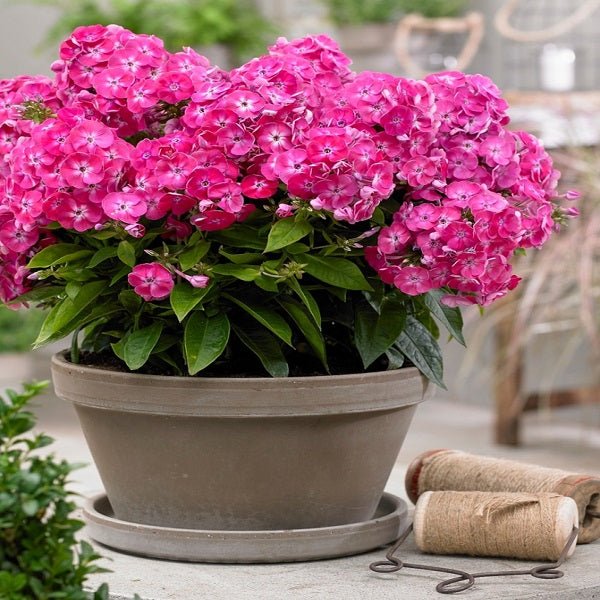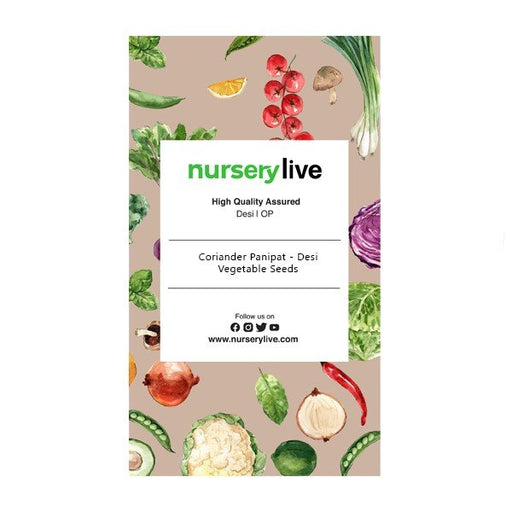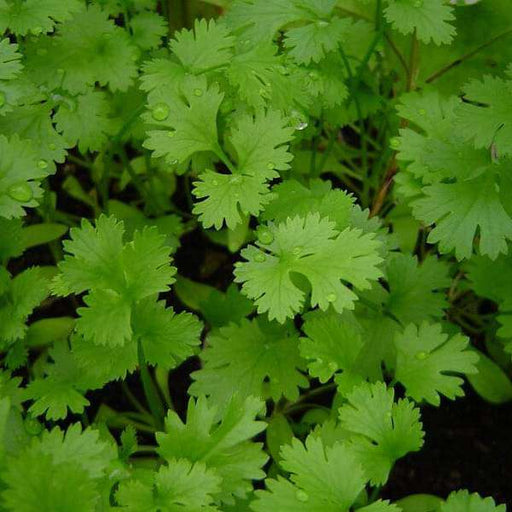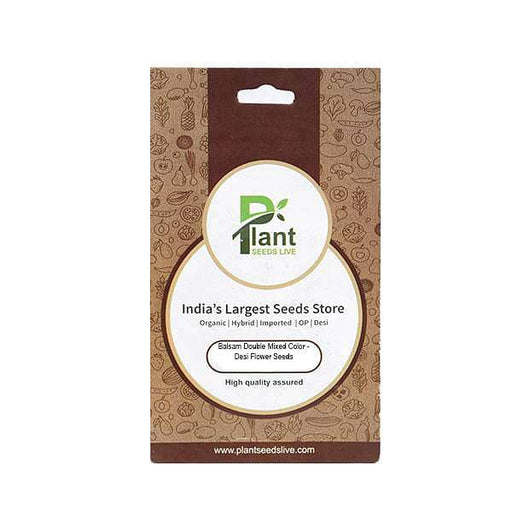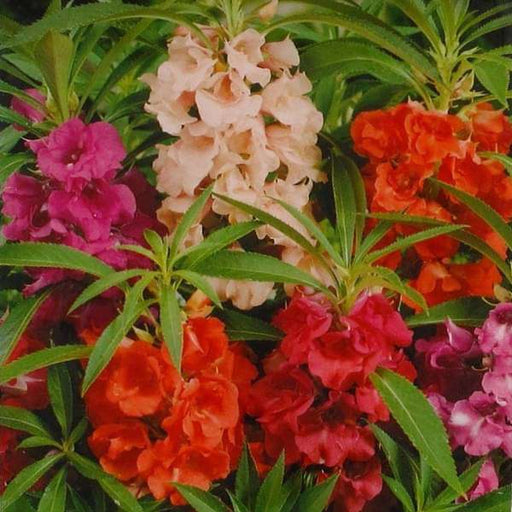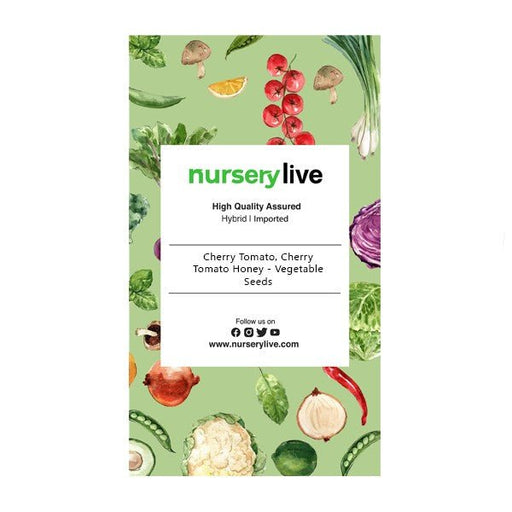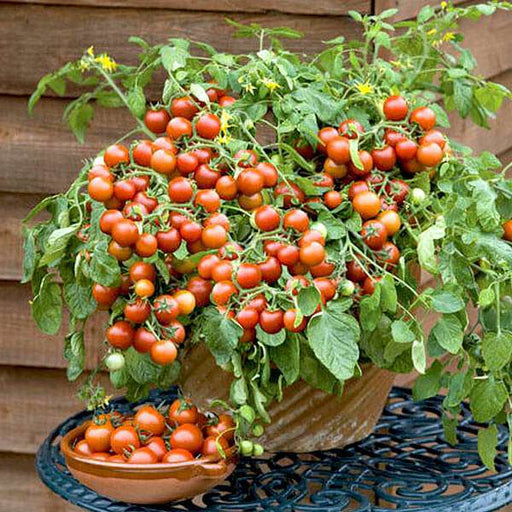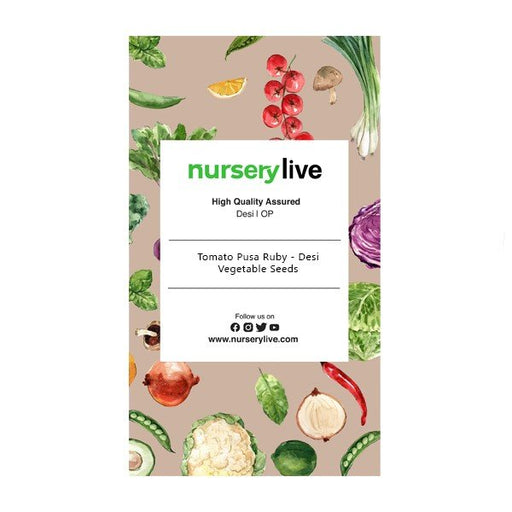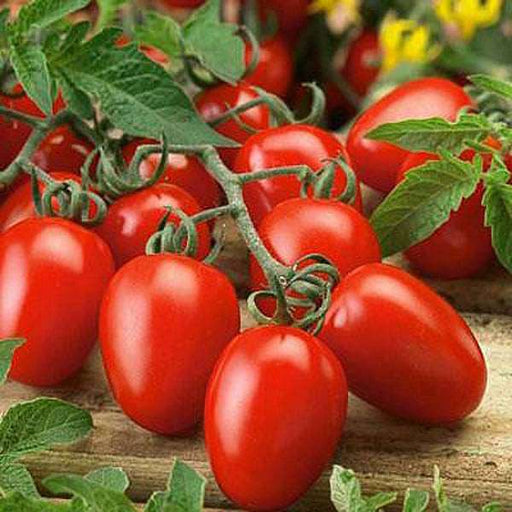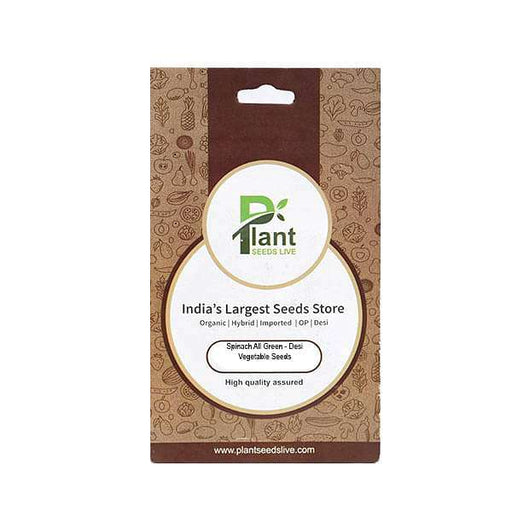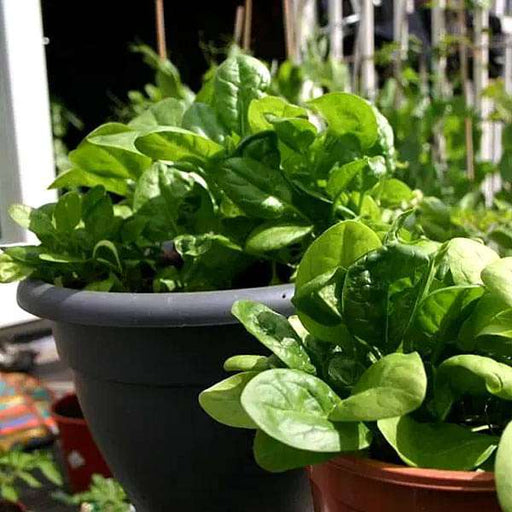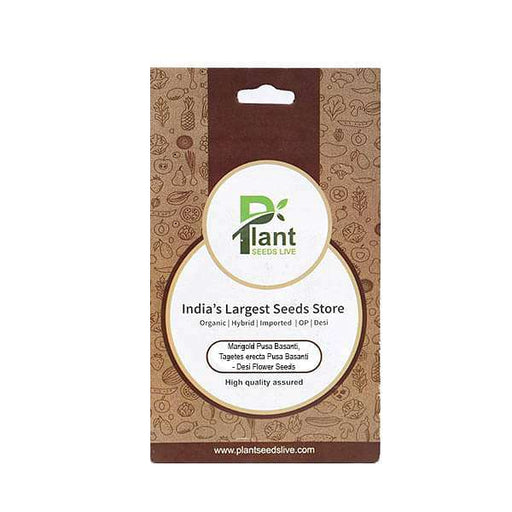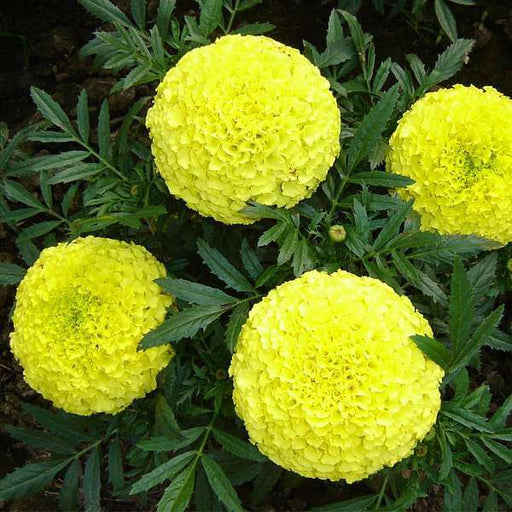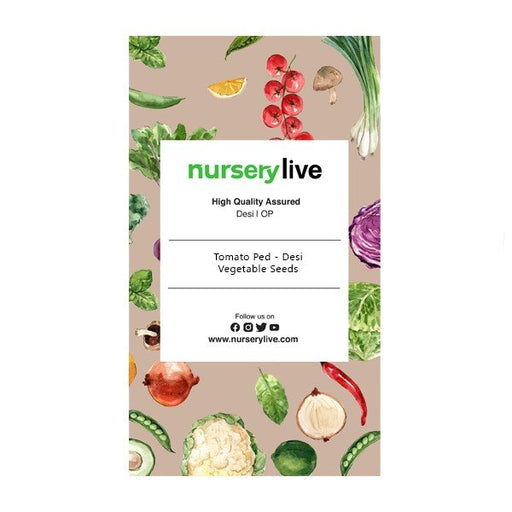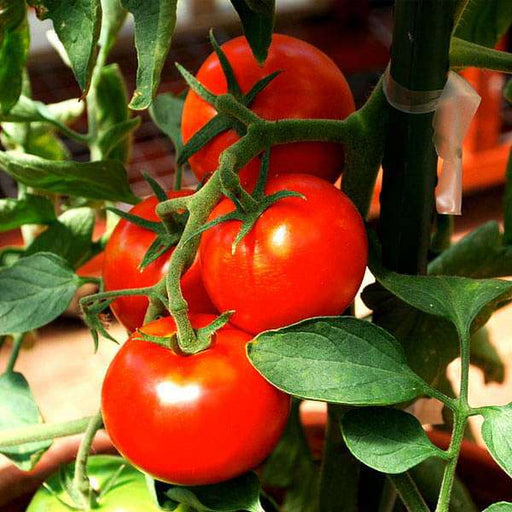Aromatic Plants
Fragrant flowers aren't the only plants that can add a pleasant scent to your garden. Consider planting aromatic herbs like mint, basil, and lavender alongside your fragrant flower seeds.
Attract Pollinators
Fragrant flowers are not only pleasing to our senses, but they also attract pollinators like bees and butterflies. This can help to improve the health and yield of your other garden plants.
Beneficial Insects
In addition to pollinators, fragrant flowers can also attract beneficial insects like ladybugs and lacewings. These insects can help to control pests in your garden, reducing the need for chemical pesticides.
Companion Planting
Some fragrant plants like marigolds and chrysanthemums are also known for their ability to repel pests. Consider planting them alongside your fragrant flower seeds to protect them from common garden pests.
Culinary Uses
Some fragrant flowers like roses and lavender can also be used in cooking and baking. Use them to add a subtle floral flavor to desserts, teas, and other dishes.
Drought Tolerance
Fragrant flowers like yarrow and thyme are known for their ability to tolerate dry conditions. These plants can be a great choice for gardeners in areas with limited water resources.
Edible Flowers
In addition to their culinary uses, some fragrant flowers like pansies and nasturtiums are also edible. Use them to add color and flavor to salads and other dishes.
Fragrant Shrubs
Fragrant flowers aren't just limited to annuals and perennials. Consider planting fragrant shrubs like lilac, honeysuckle, and mock orange for a long-lasting, sweet scent in your garden.
Garden Design
Fragrant flowers can play an important role in garden design. Consider using them to create a sensory garden, cottage garden, or other themed garden.
Growing Tips
Fragrant flower seeds may require special care and attention to grow successfully. Research the specific needs of your chosen flower varieties and follow recommended planting and care guidelines.
Indoor Gardening
Fragrant flowers can also be grown indoors, bringing a pleasant scent to your home. Consider planting fragrant houseplants like jasmine and gardenia in pots or hanging baskets.
Medicinal Properties
Some fragrant flowers like chamomile and echinacea are also known for their medicinal properties. Use them to make teas and natural remedies for common ailments.
Native Plants
Fragrant flowers can also be a great choice for native plant gardens. Choose varieties that are native to your region to support local ecosystems and wildlife.
Organic Gardening
Fragrant flowers can thrive in organic gardens that avoid the use of chemical fertilizers and pesticides. Use natural methods like composting and companion planting to keep your garden healthy and thriving.
Perennial Varieties
Many fragrant flowers are perennials, meaning they will come back year after year. Consider planting varieties like lily of the valley and peonies for a long-lasting scent in your garden.
Pet-Friendly
If you have pets, make sure to choose fragrant flower varieties that are safe for them. Some common plants like lilies and azaleas can be toxic to cats and dogs.
Seasonal Blooms
Fragrant flowers can bloom at different times of the year, providing year-round interest in your garden. Choose varieties that bloom in different seasons to keep your garden smelling sweet all year long.
Soil Types
Different fragrant flowers thrive in different soil types. Make sure to choose varieties that are well-suited to the soil conditions in your garden, or amend the soil as needed to provide optimal growing conditions.
Sunlight Requirements
Like all plants, fragrant flowers have different sunlight requirements. Make sure to choose varieties that are well-suited to the amount of sunlight your garden receives, whether it's full sun, partial shade, or full shade.
Unique Varieties
Finally, don't be afraid to try unique and unusual fragrant flower varieties. Consider varieties like chocolate cosmos, sweet peas, or heliotrope for a unique and delightful scent in your garden. With a little research and experimentation, you can find the perfect fragrant flower seeds to sow in your garden.

